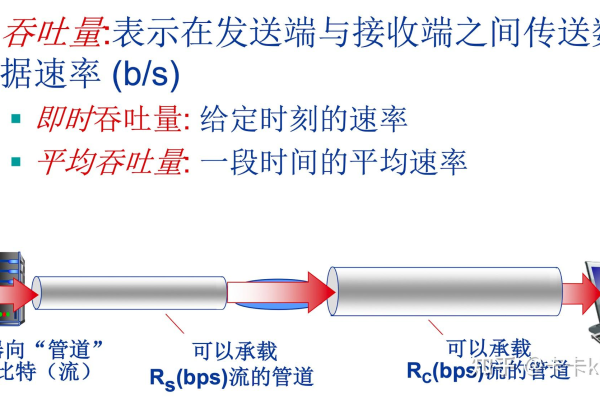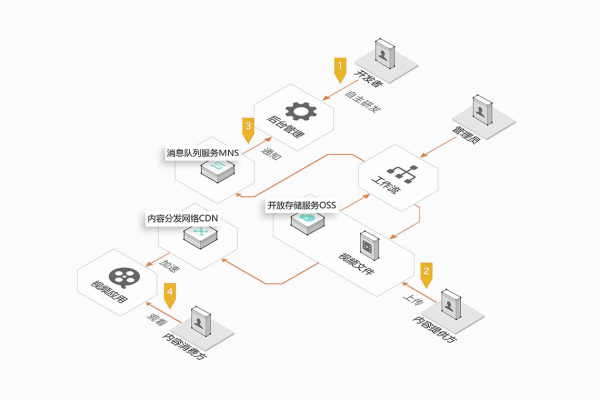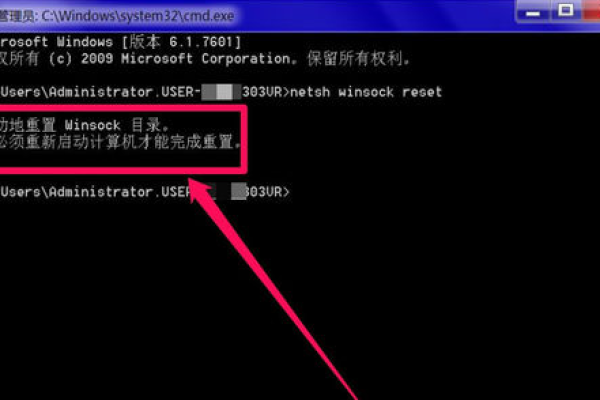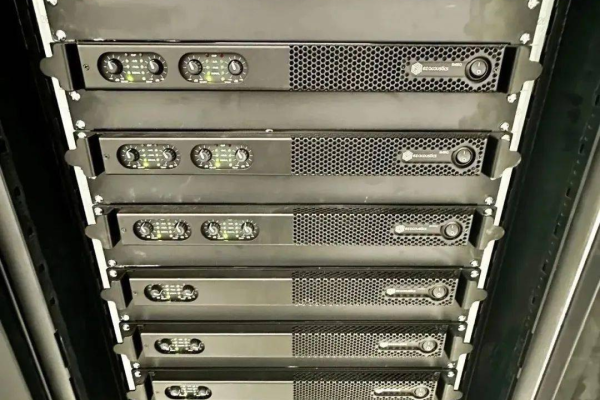CDN英文造句方法或技巧是什么?
- 行业动态
- 2025-03-08
- 4
Content Delivery Network (CDN)
Definition and Basic Function
A Content Delivery Network (CDN) is a geographically distributed group of servers that work together to provide fast delivery of Internet content. The main function of a CDN is to serve as a proxy and a distributor of cache content to the end-user, reducing the load on the origin server and improving the user experience by decreasing latency and speeding up loading times.
Example Sentence:
The implementation of the CDN has significantly improved our website’s loading speed, which is crucial for retaining visitors and enhancing their browsing experience.
How CDN Works
When a user requests a web page, the request is first directed to the nearest CDN node instead of the origin server. If the requested content is available at the CDN node, it is delivered directly to the user. If not, the CDN retrieves the content from the origin server, caches it, and then provides it to the user.
Example Sentence:
By caching frequently accessed content, the CDN reduces the need for repeated requests to the origin server, thus optimizing bandwidth usage and improving overall performance.
Benefits of Using a CDN
1、Improved Load Times: By serving content from a location closer to the user, CDNs reduce latency and speed up load times.
2、Reduced Bandwidth Costs: CDNs offload traffic from the origin server, which can result in lower hosting costs.
3、Enhanced Security: Many CDNs offer security features like DDoS protection, SSL/TLS encryption, and Web Application Firewalls (WAF).
4、Increased Reliability: In case of an outage or high traffic, CDNs can distribute the load and prevent crashes.

5、Scalability: CDNs can handle large amounts of traffic and scale automatically during spikes in demand.
Example Sentence:
With the CDN handling the majority of our traffic, we have seen a significant reduction in bandwidth costs and an increase in website reliability.
Types of Content Delivered via CDN
CDNs can deliver various types of content including but not limited to:
Static files such as HTML, CSS, JavaScript, images, and videos.
Dynamic content generated by web applications.
Downloadable files like software, documents, and media files.
Streaming media content including live broadcasts and on-demand videos.
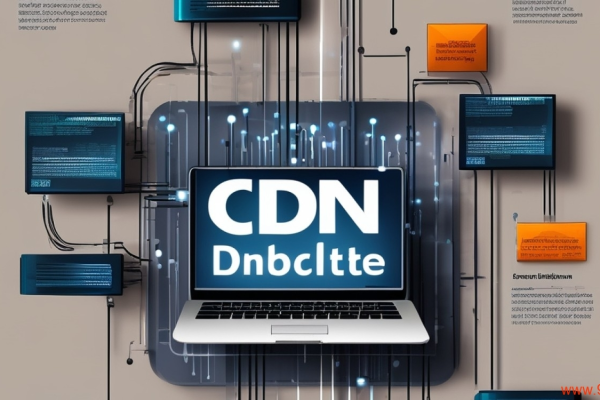
Example Sentence:
Our CDN efficiently delivers both static and dynamic content, ensuring that users receive a consistent and fast experience regardless of the type of content they are accessing.
Choosing a CDN Provider
When selecting a CDN provider, consider factors such as:
Performance: Speed and uptime guarantees.
Coverage: Number of data centers and geographic distribution.
Security Features: Protection against threats like DDoS attacks.
Cost: Pricing models and any additional fees.
Customer Support: Availability and quality of technical support.

Example Sentence:
After evaluating several providers, we chose a CDN that offered excellent global coverage, robust security features, and competitive pricing to meet our needs.
Common CDN Terminology
| Term | Definition |
| Origin Server | The original server where the content is hosted before being distributed by the CDN. |
| Edge Server | A server located at the edge of the network, closer to the end-user, used to deliver cached content. |
| Latency | The time it takes for data to travel from the server to the user. |
| Throughput | The amount of data that can be transmitted over a network in a given time period. |
| TTL (Time To Live) | The duration that content is cached before it needs to be refreshed from the origin server. |
Example Sentence:
Understanding key terms like latency and throughput helps us make informed decisions about our CDN strategy and optimize our content delivery process.
Questions & Answers
Question 1: What is the primary purpose of a CDN?
Answer: The primary purpose of a CDN is to improve internet content delivery by caching and distributing content from servers located closer to the end-user, thereby reducing latency, increasing load times, and offloading traffic from the origin server.
Question 2: How does a CDN enhance website security?
Answer: A CDN enhances website security by providing features such as DDoS protection, SSL/TLS encryption, and Web Application Firewalls (WAF), which help safeguard against cyber threats and ensure data integrity during transmission.

